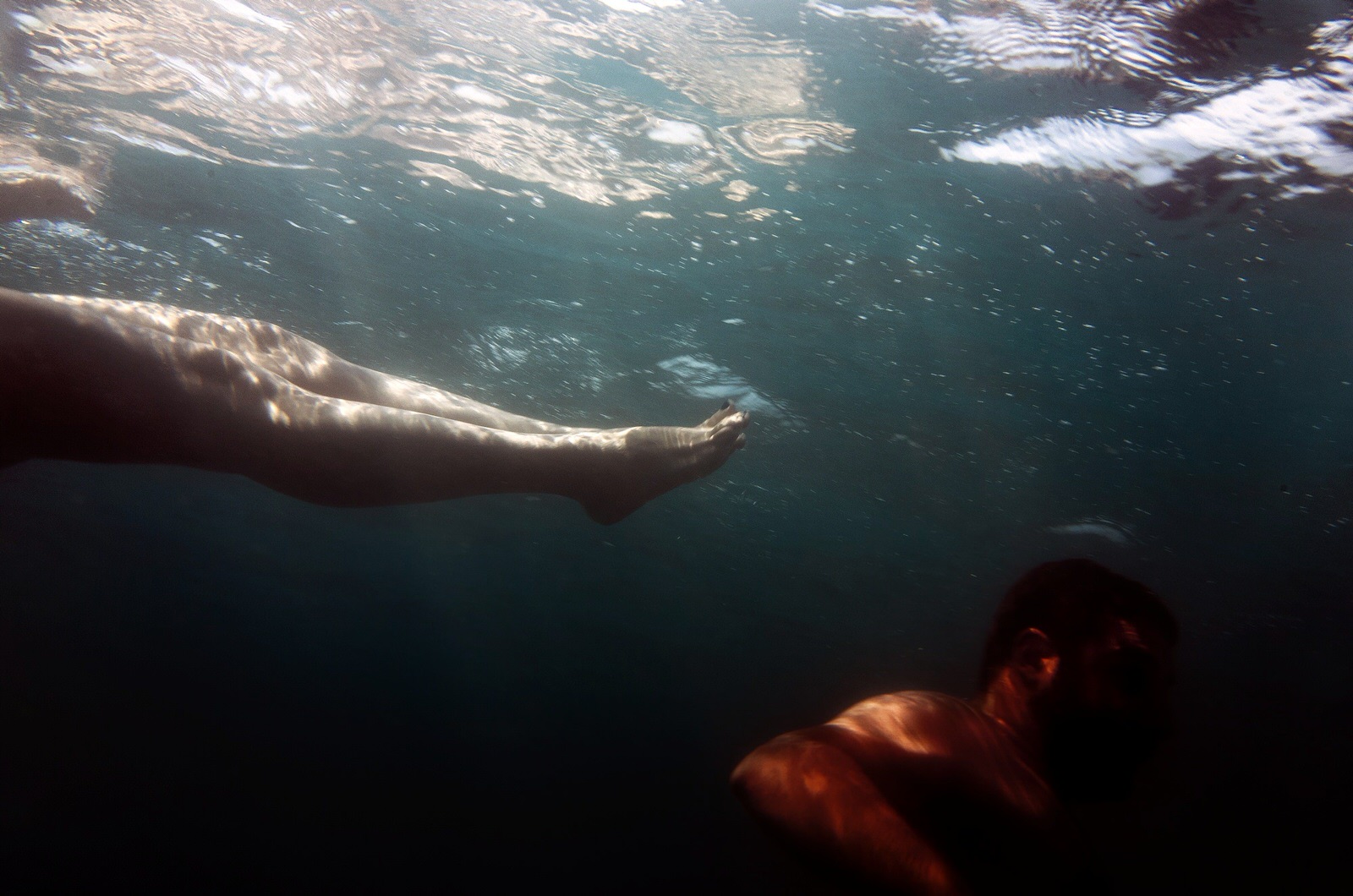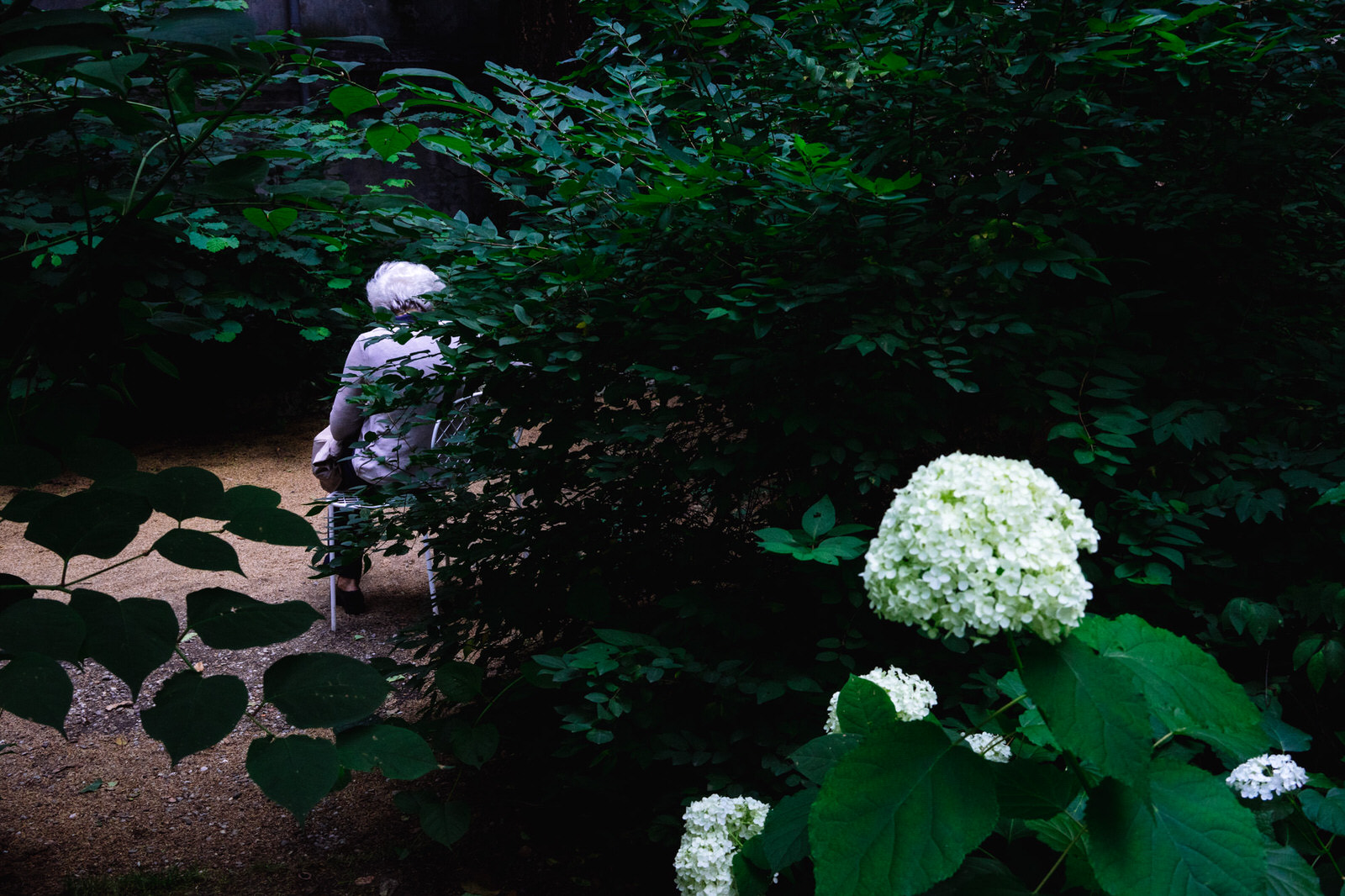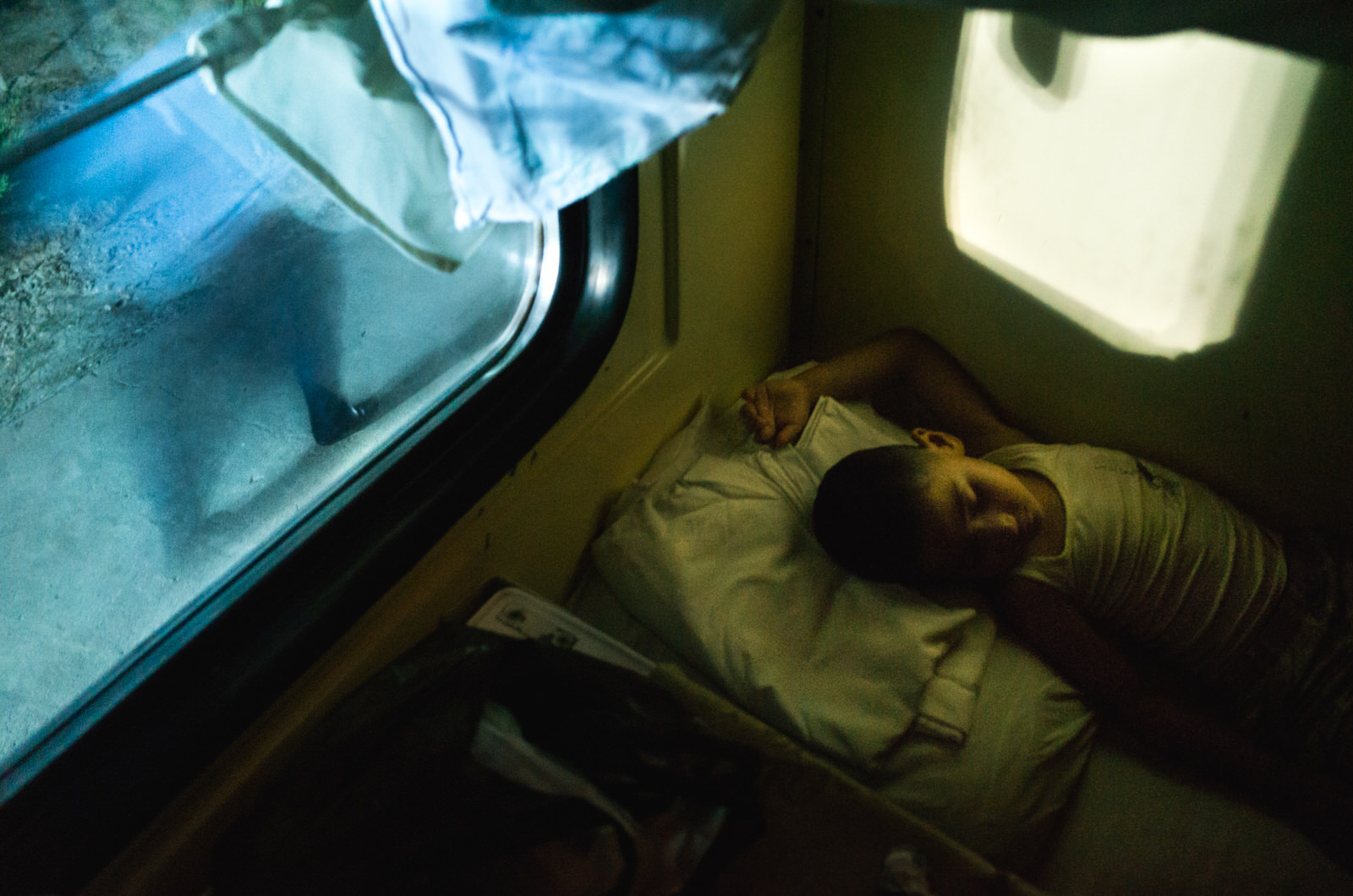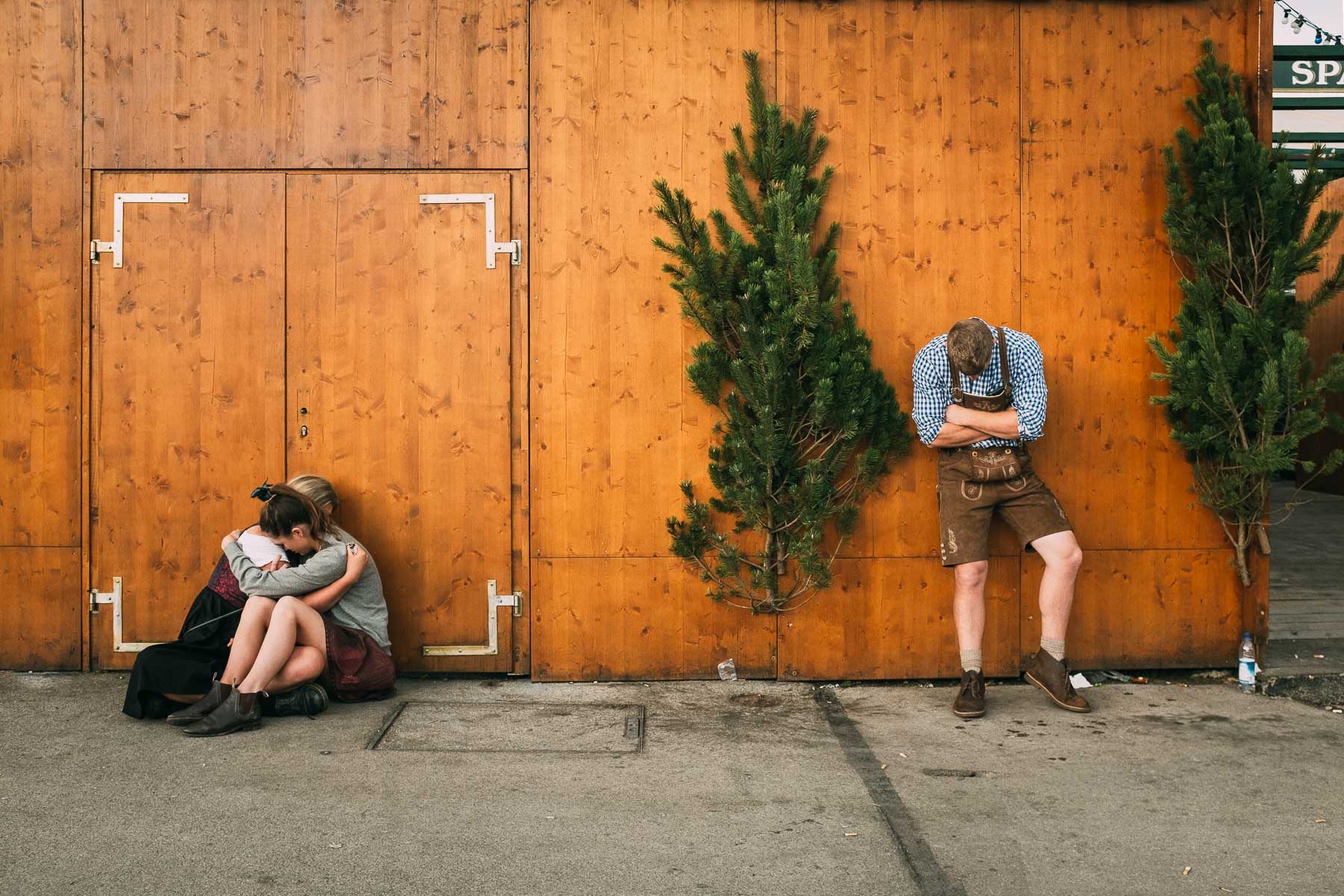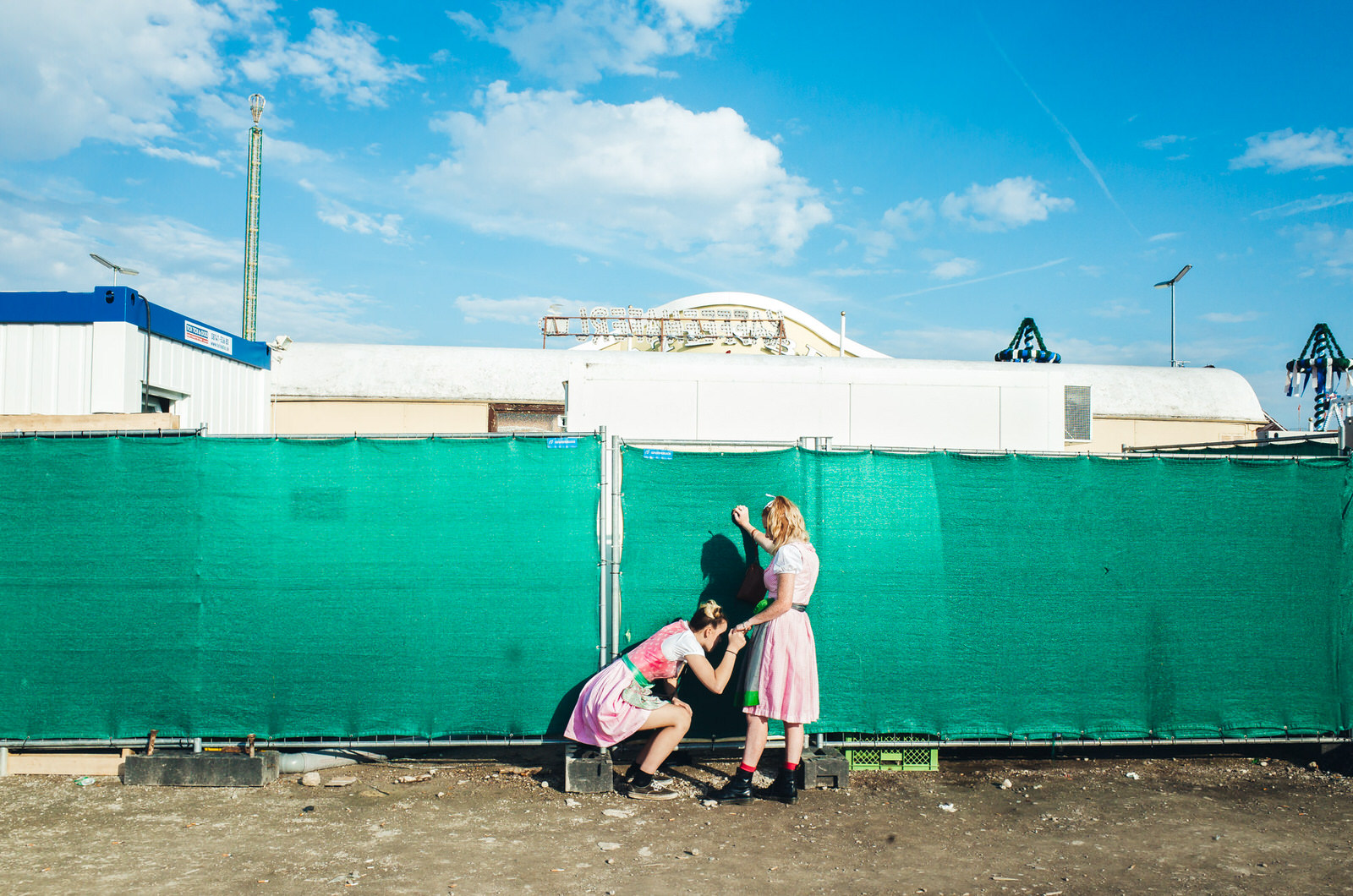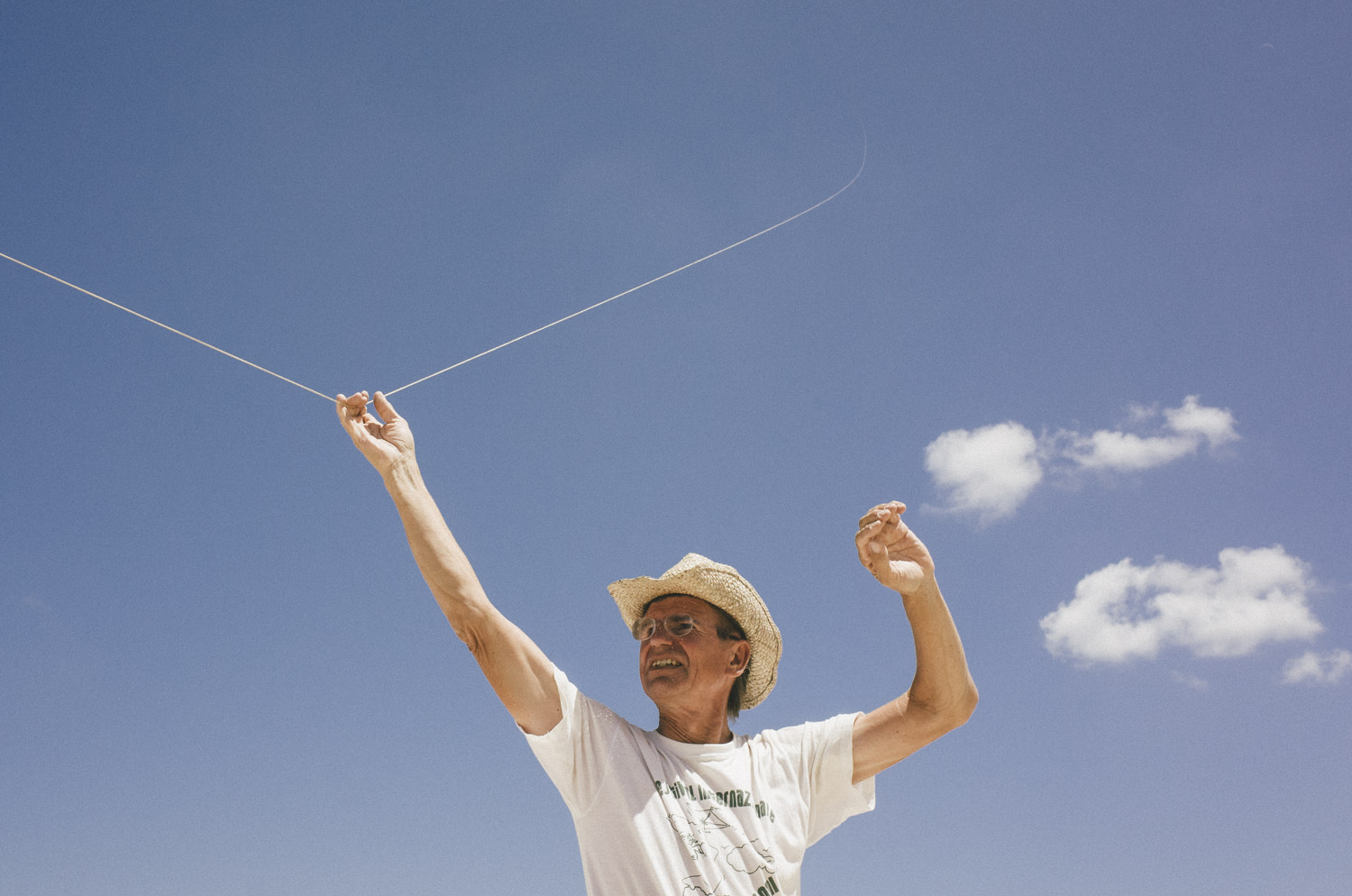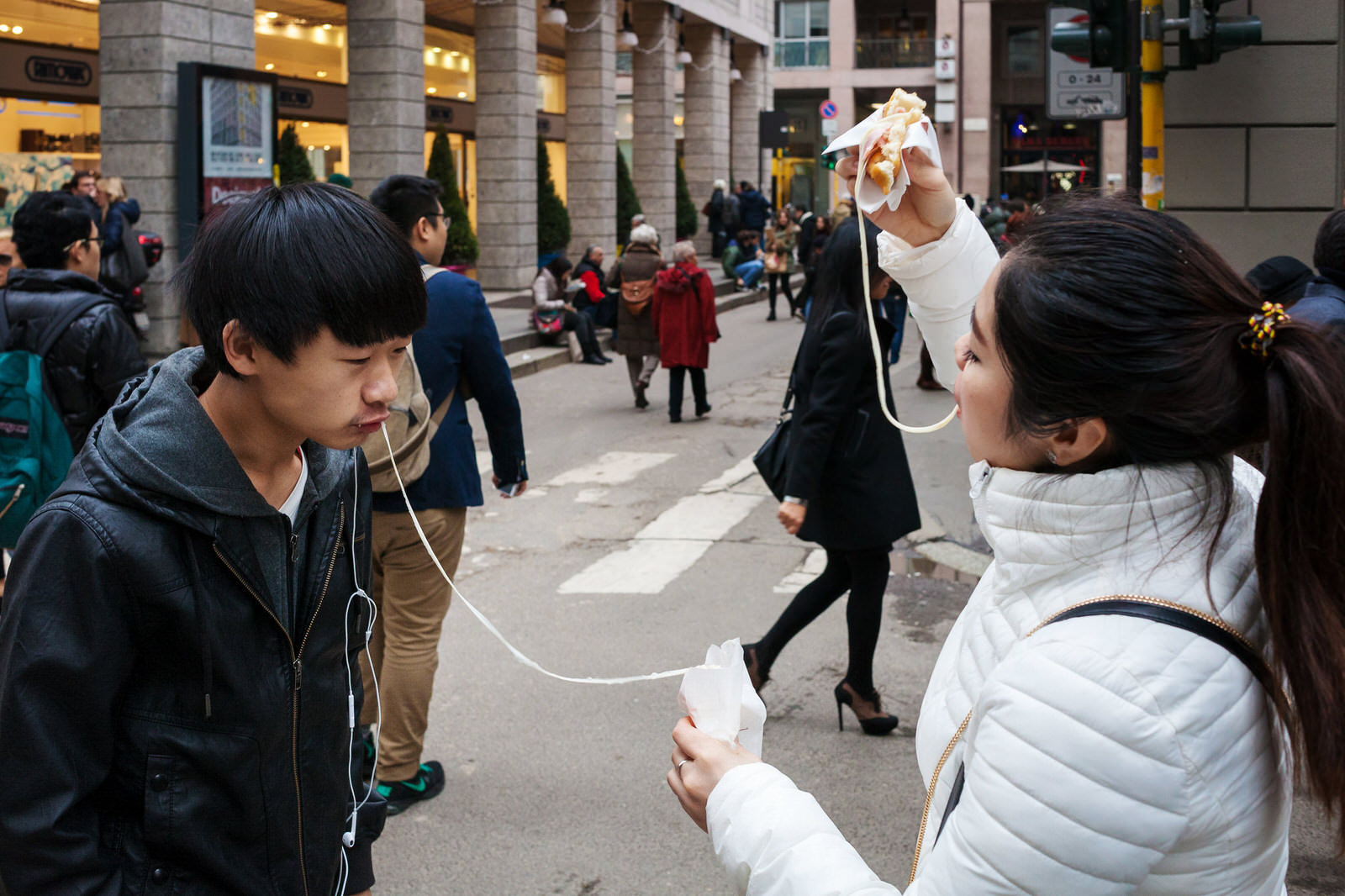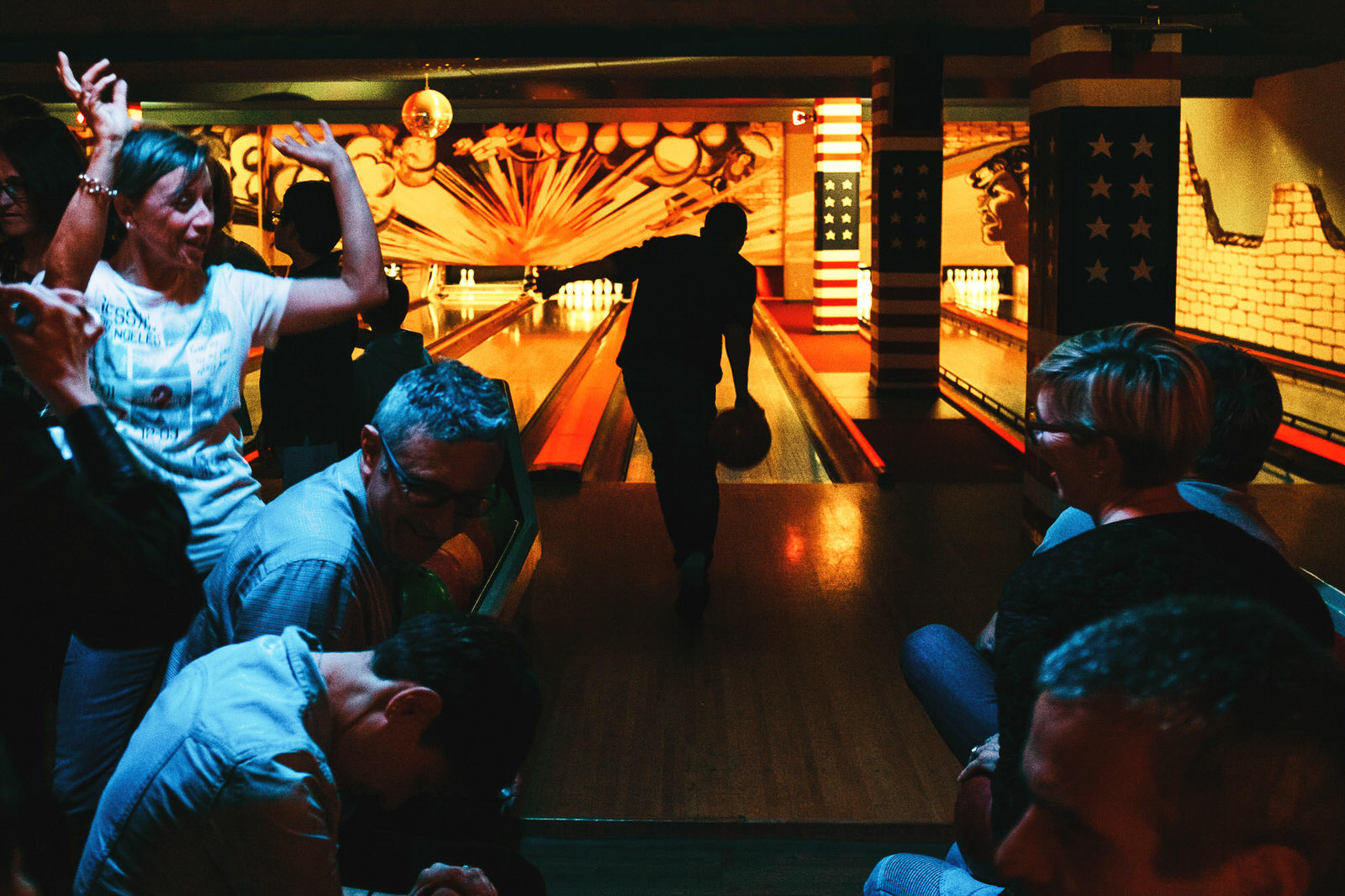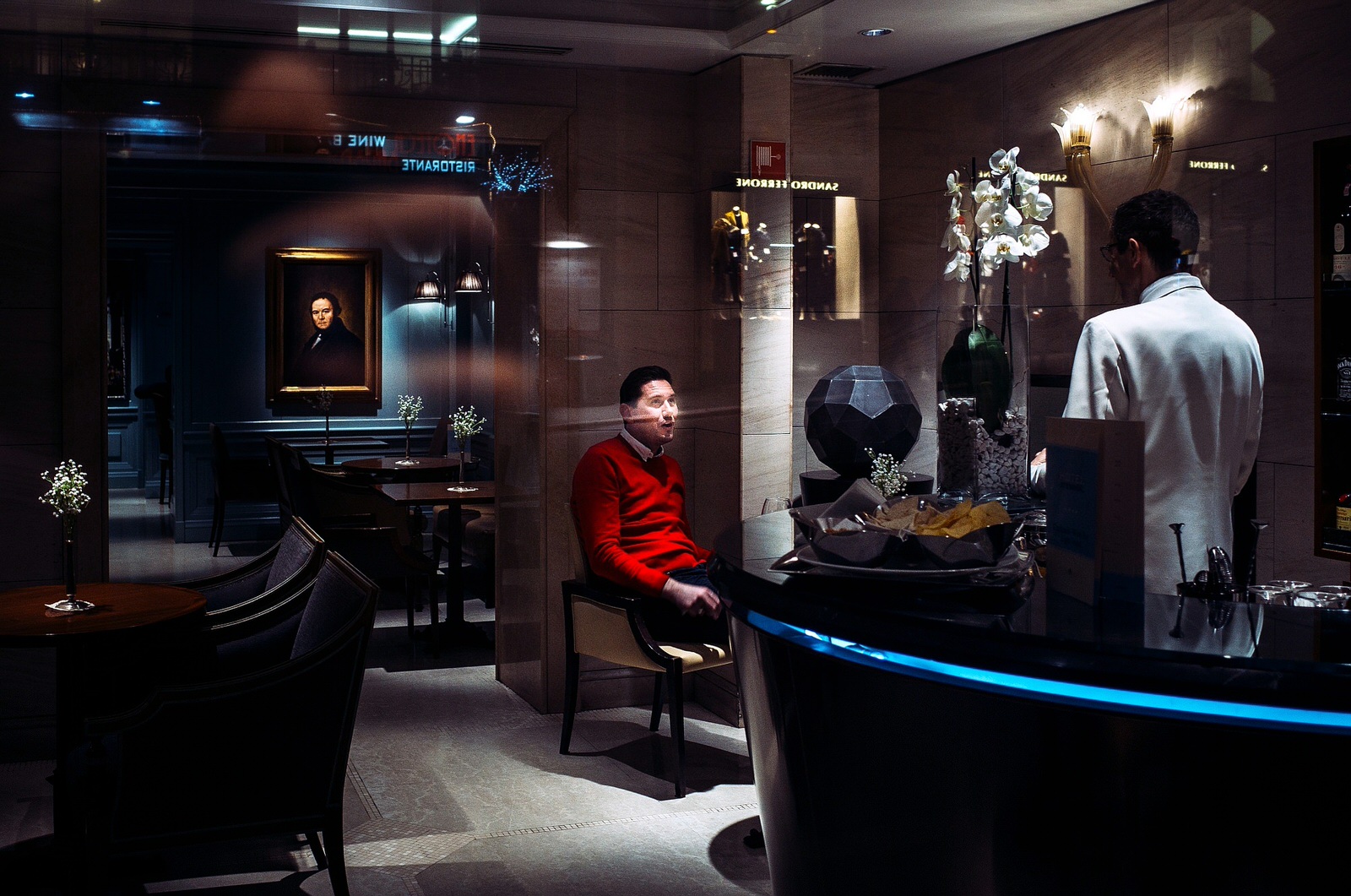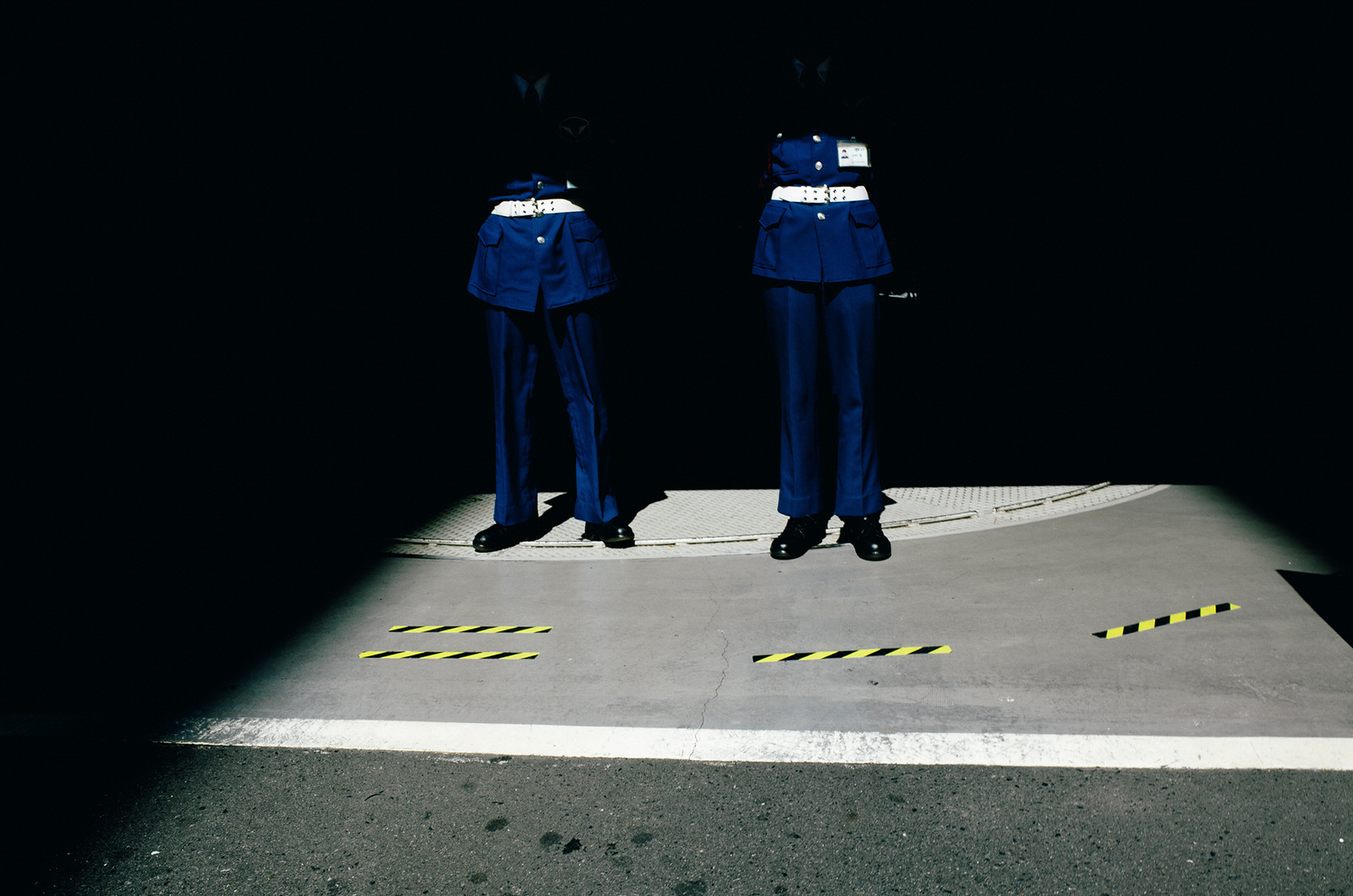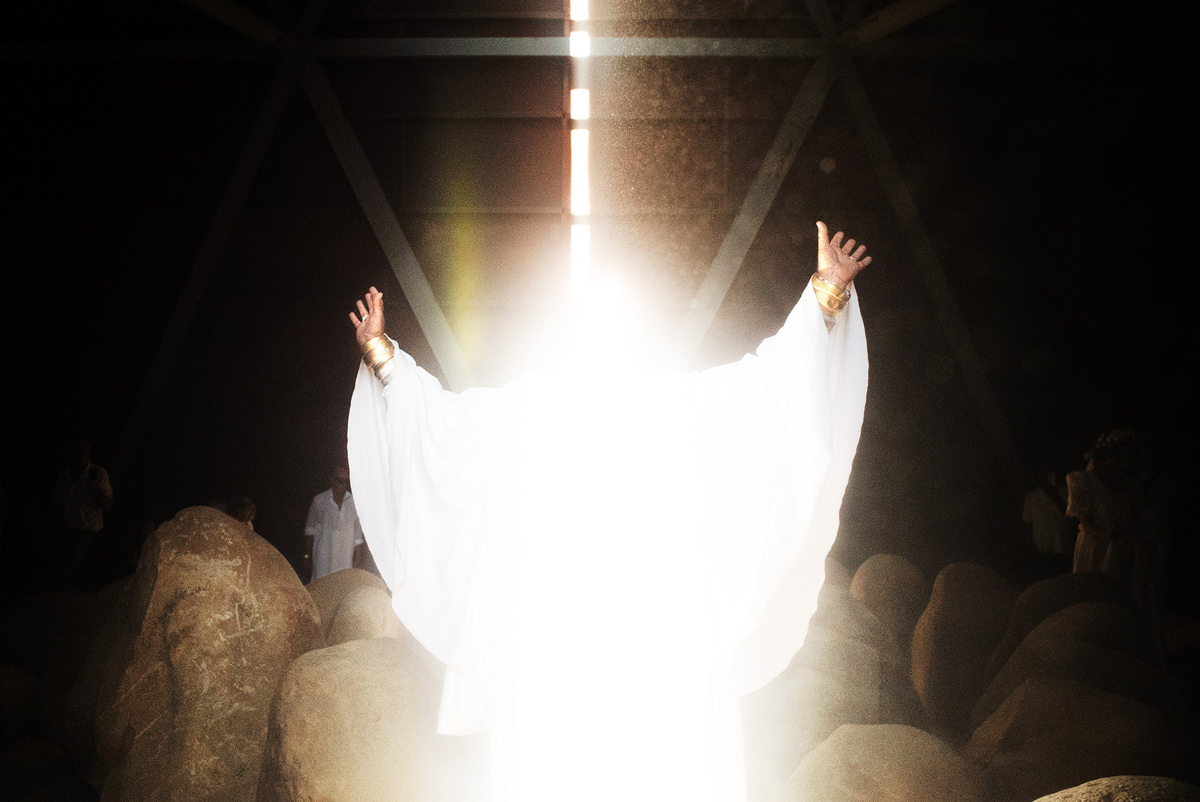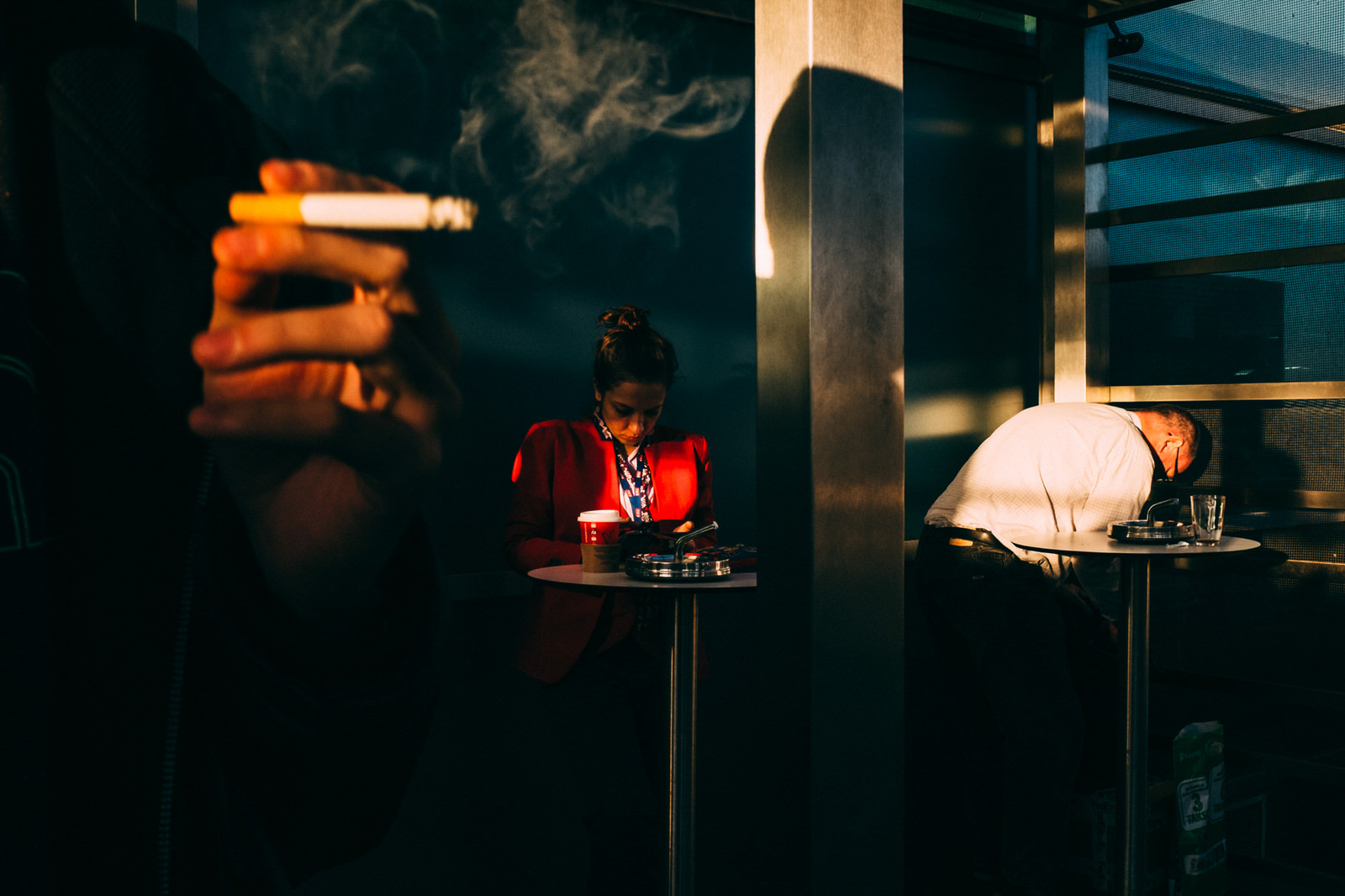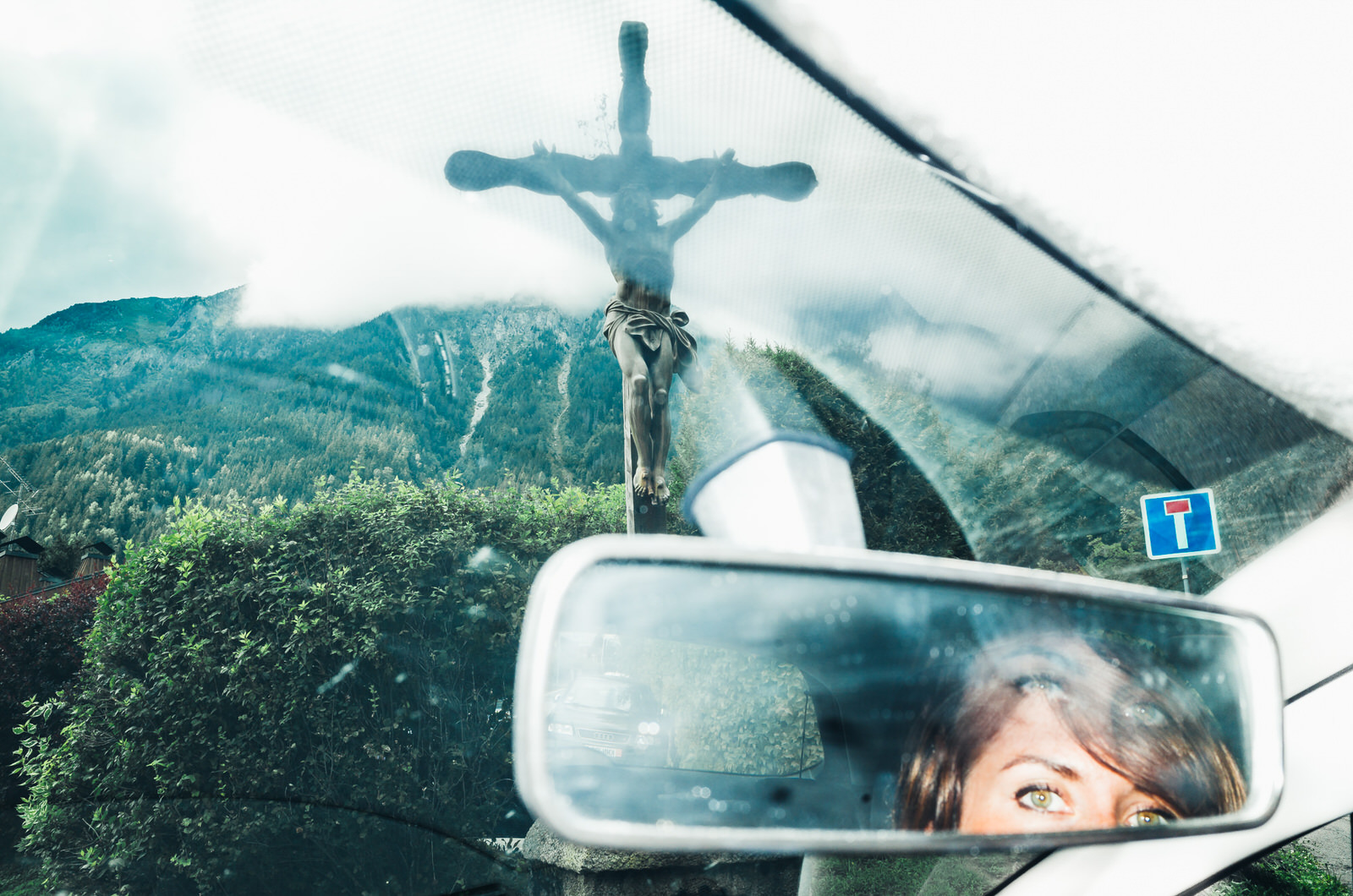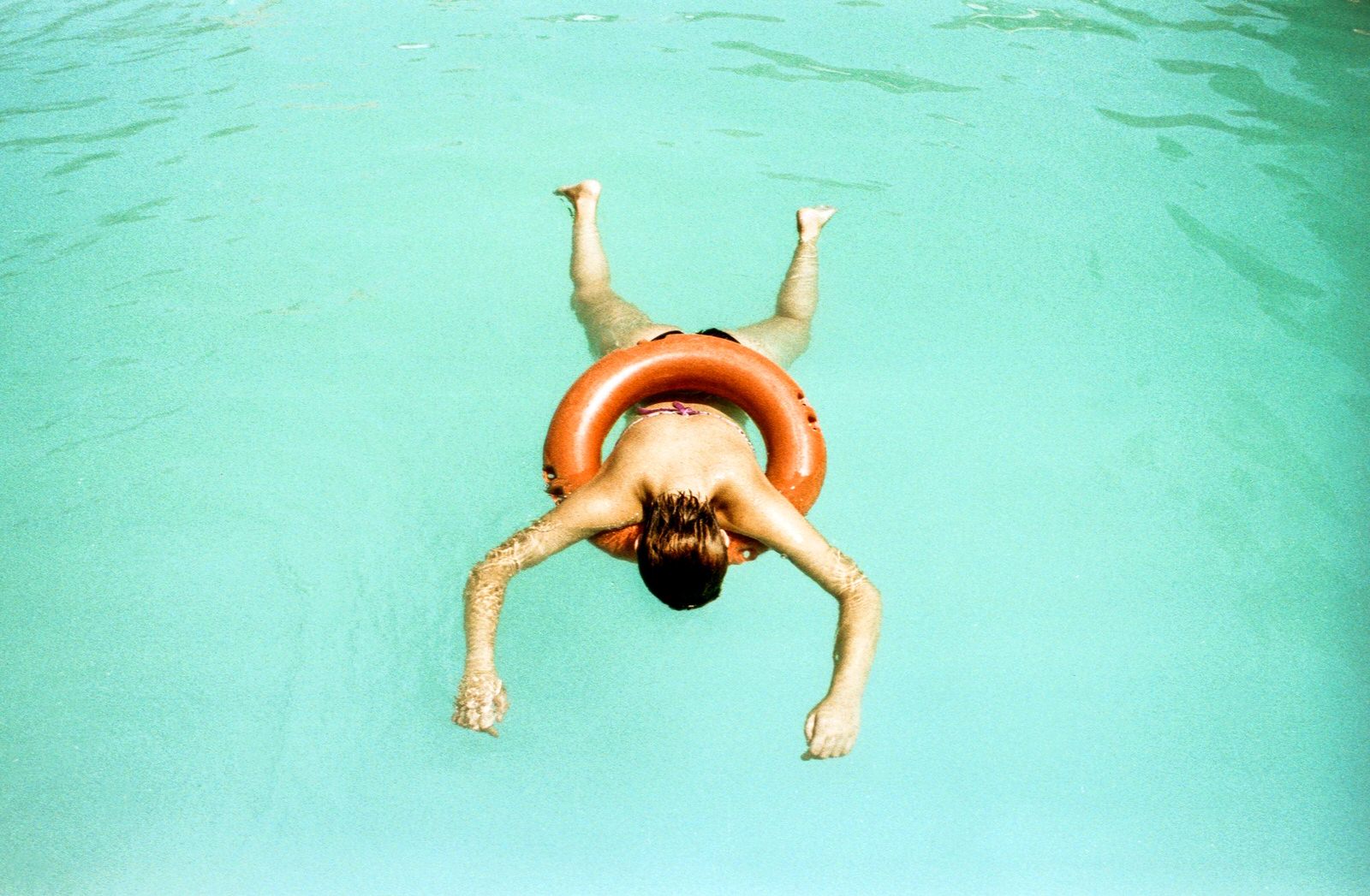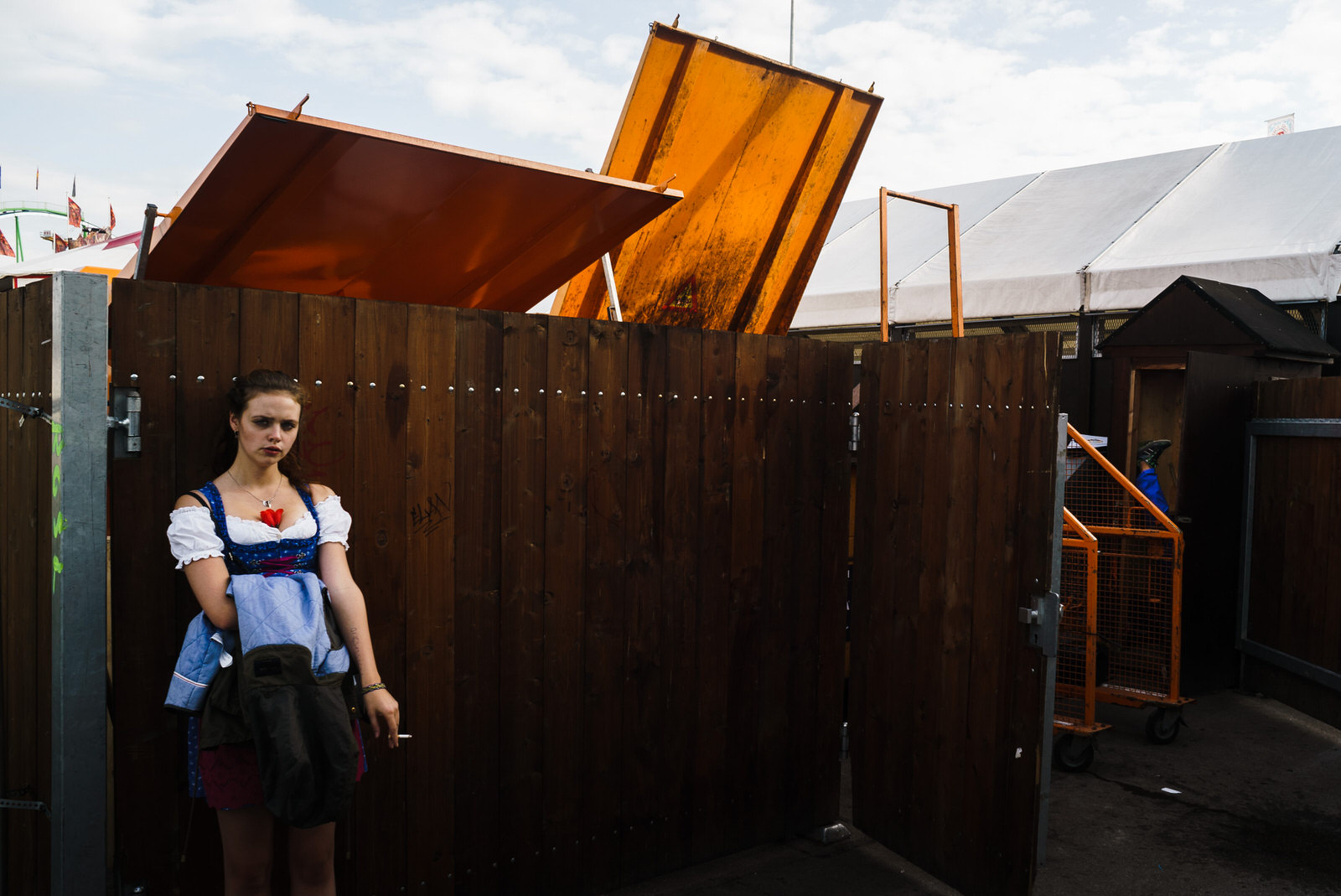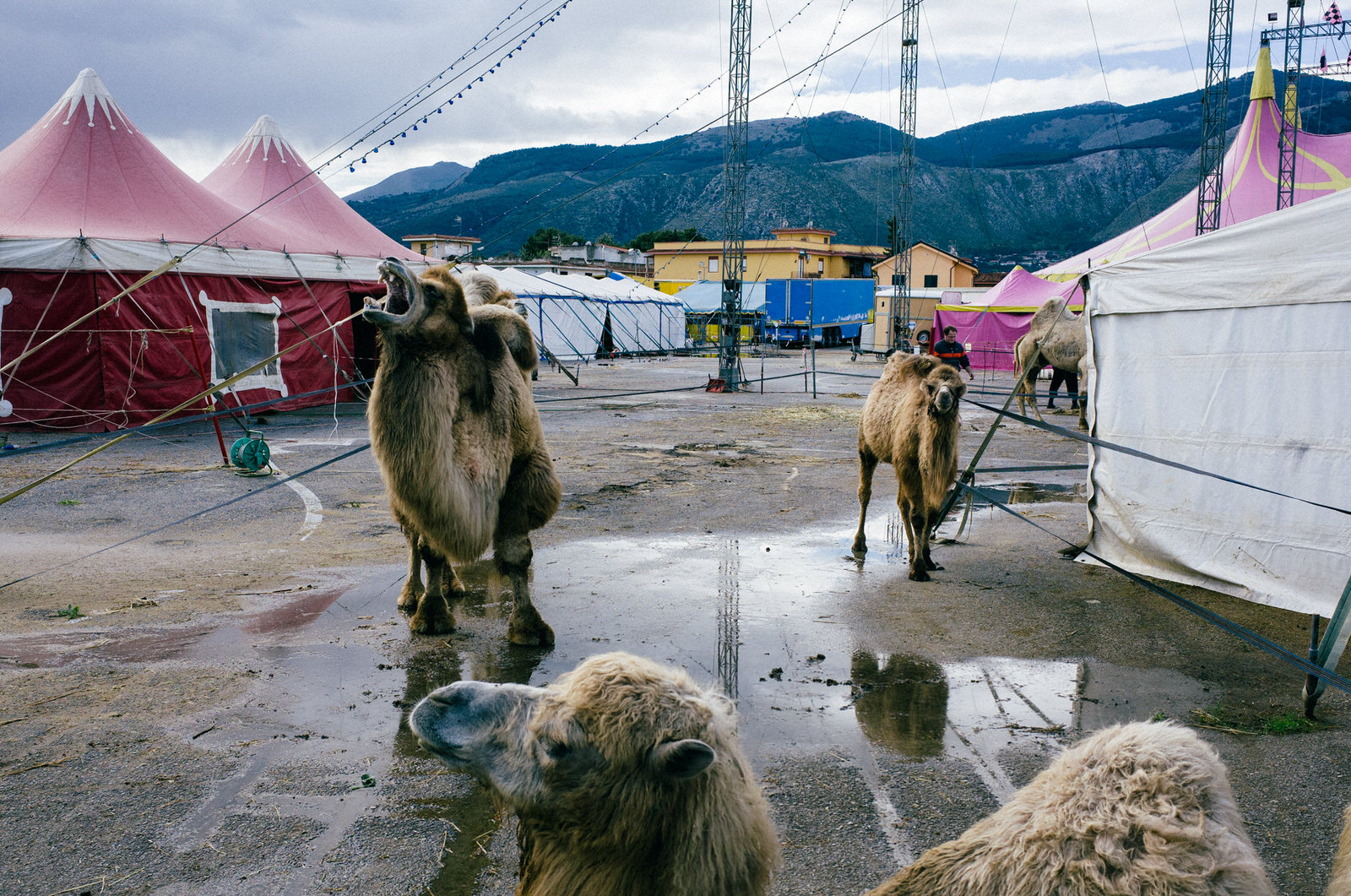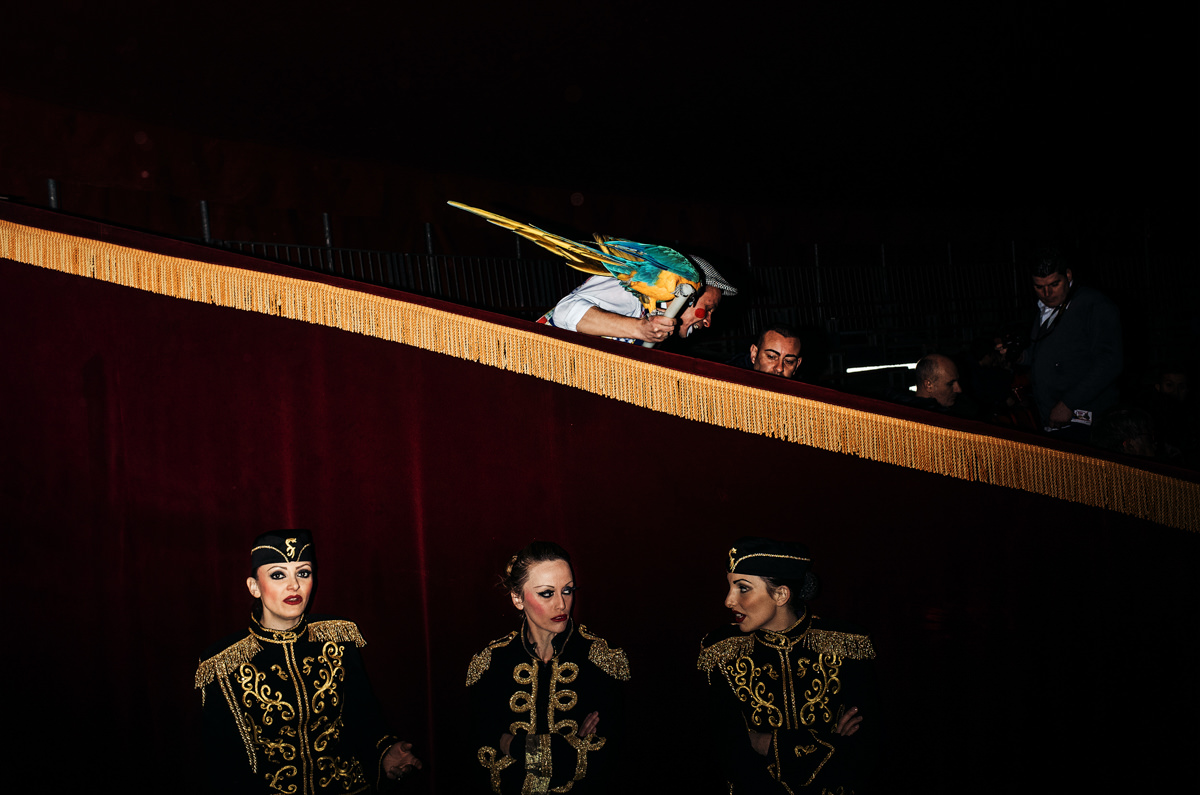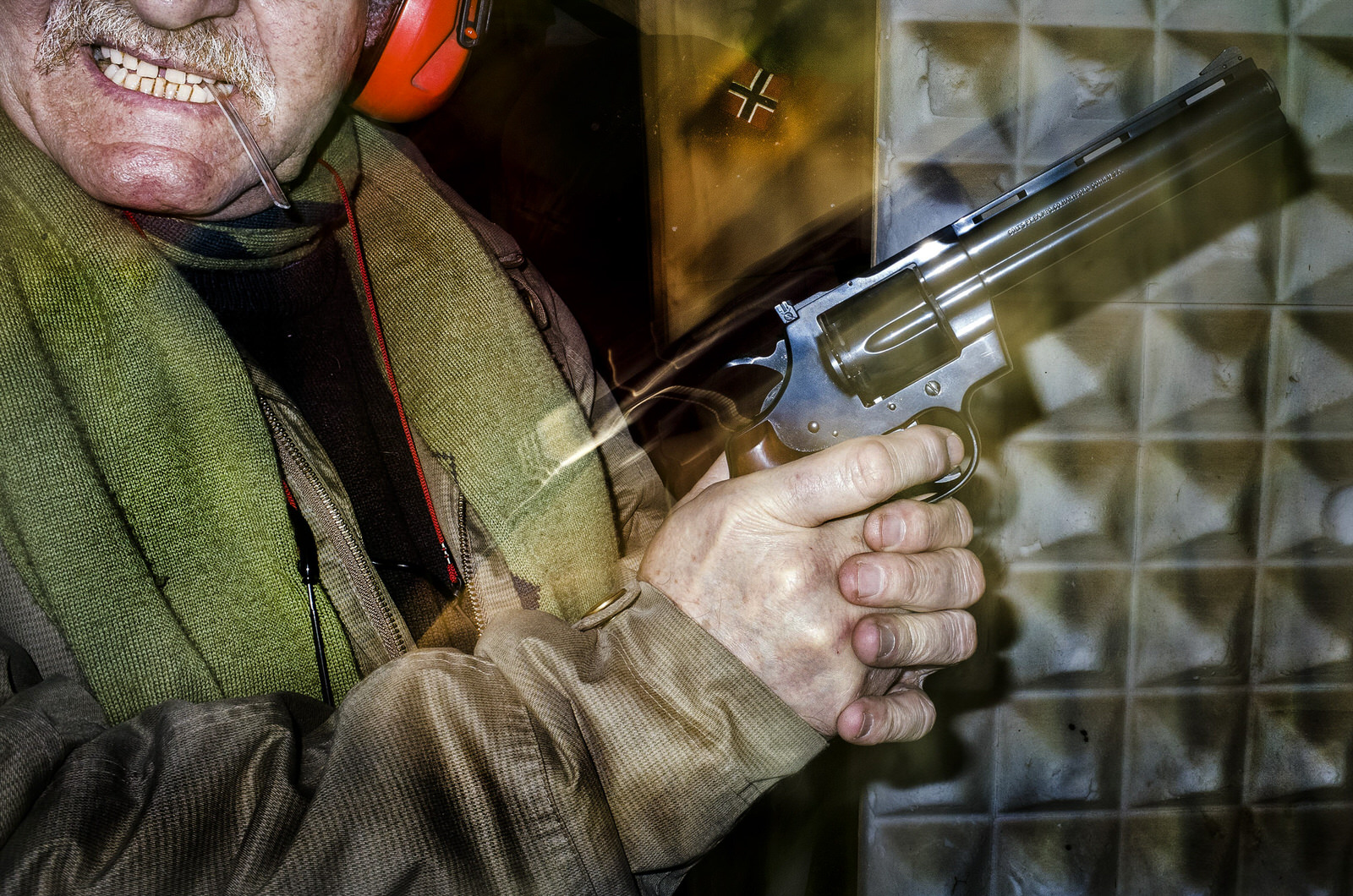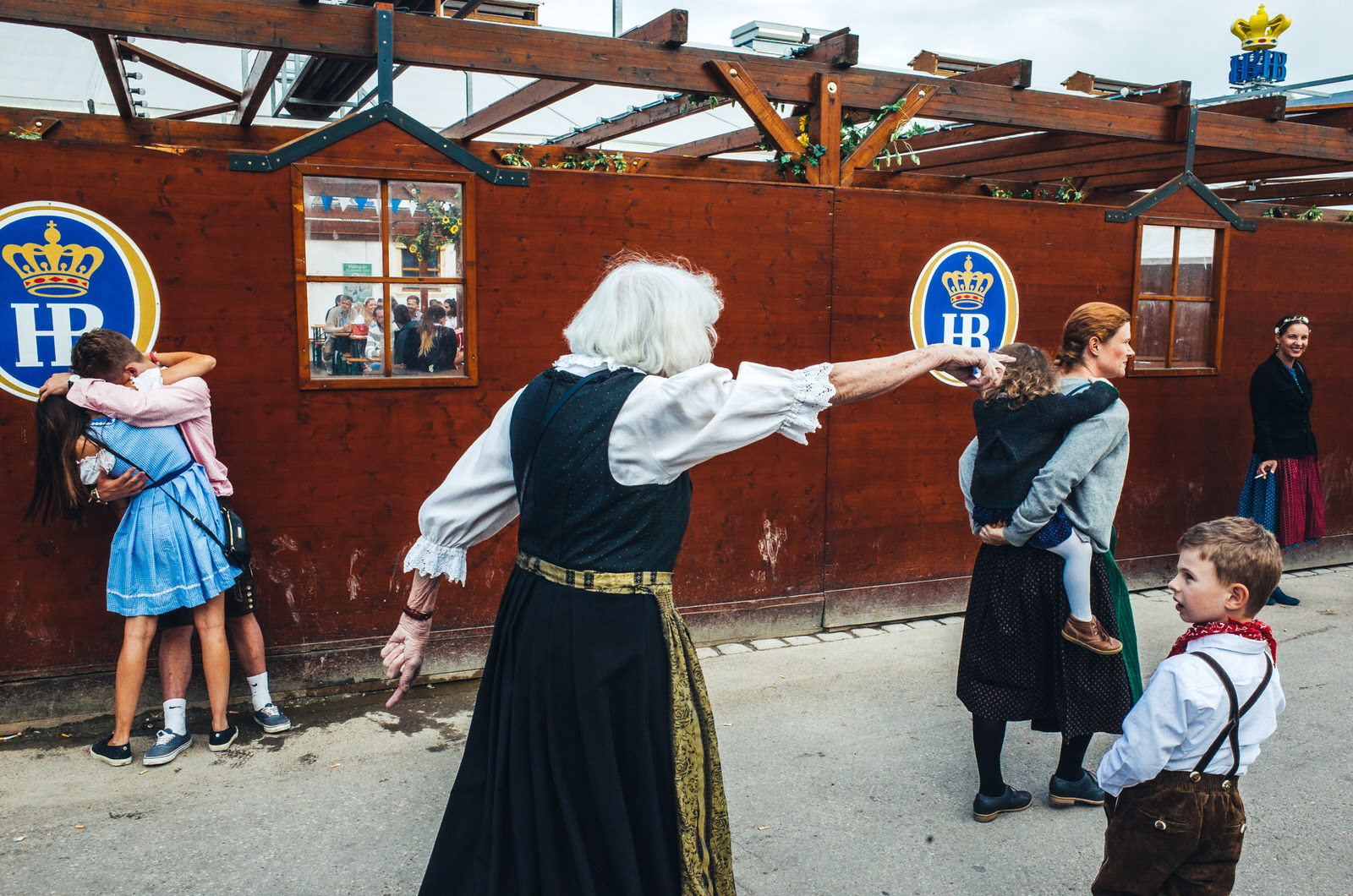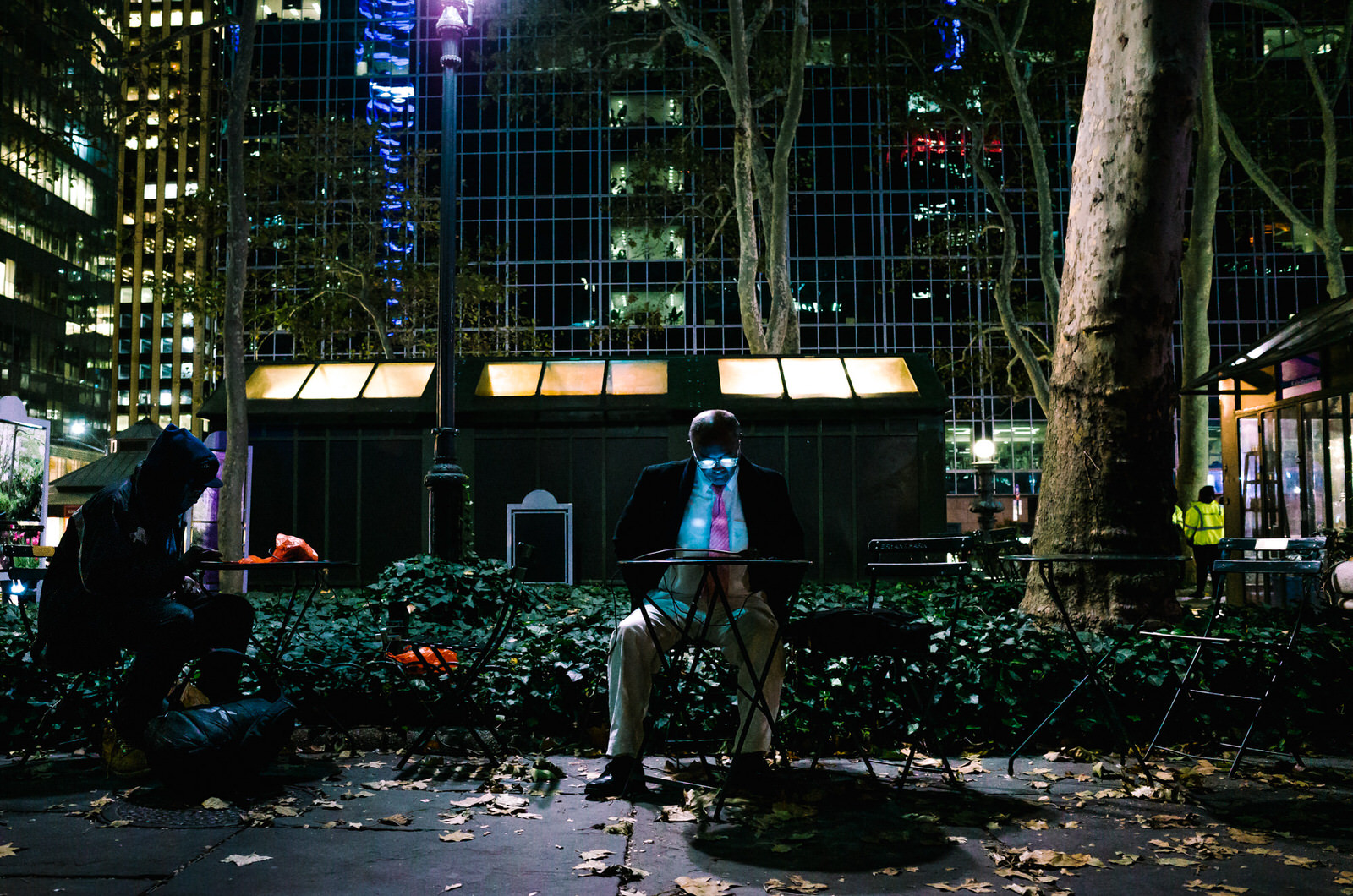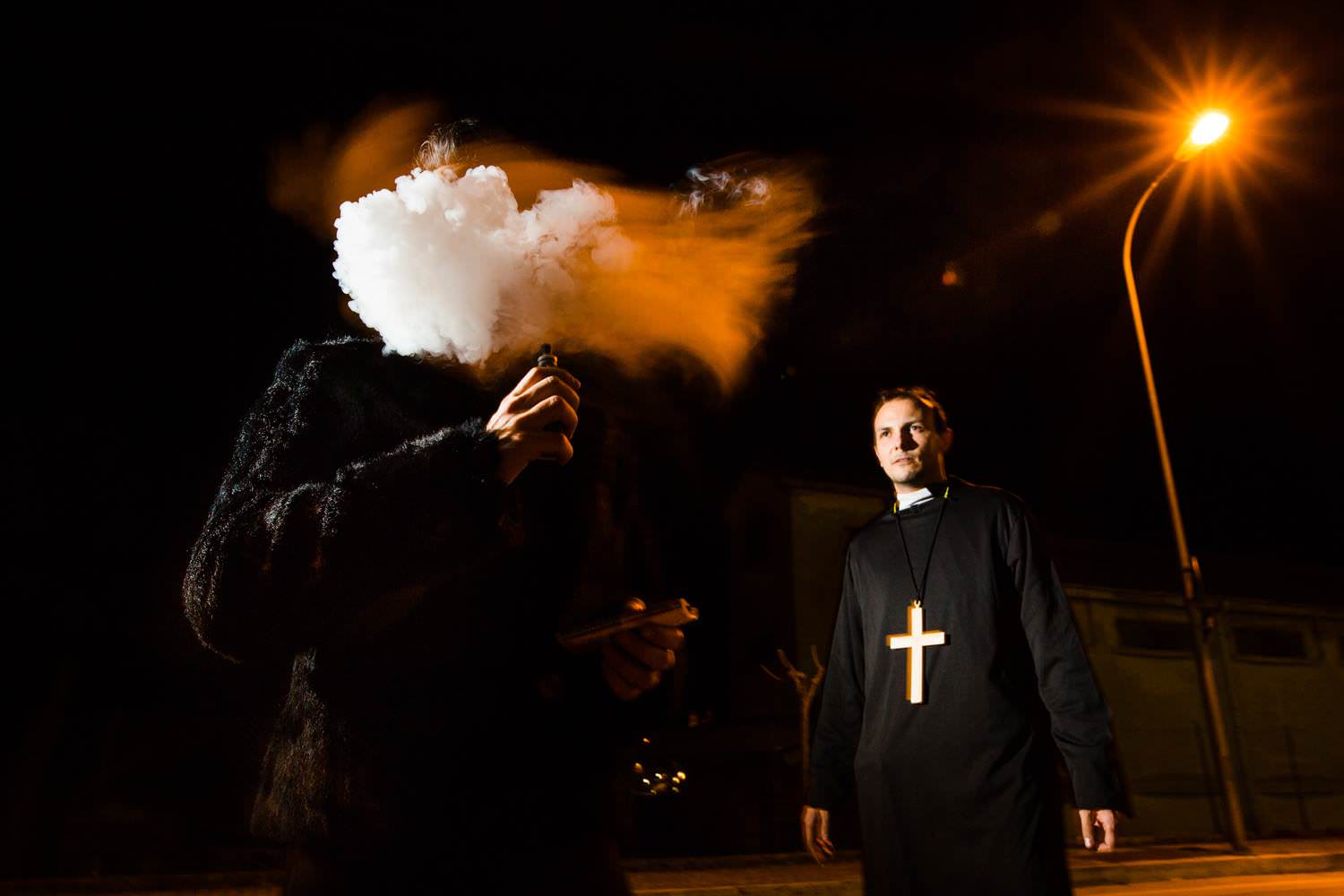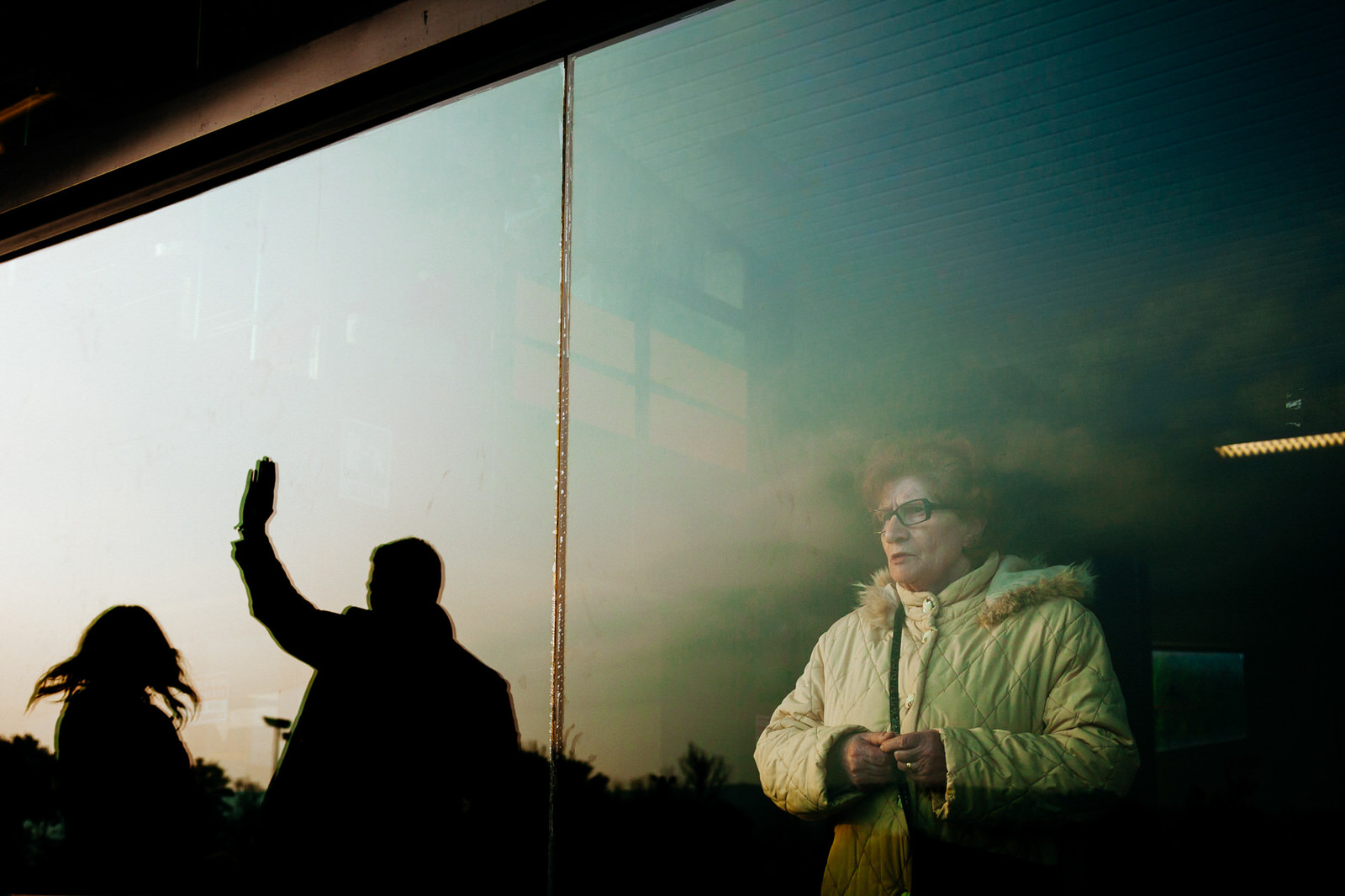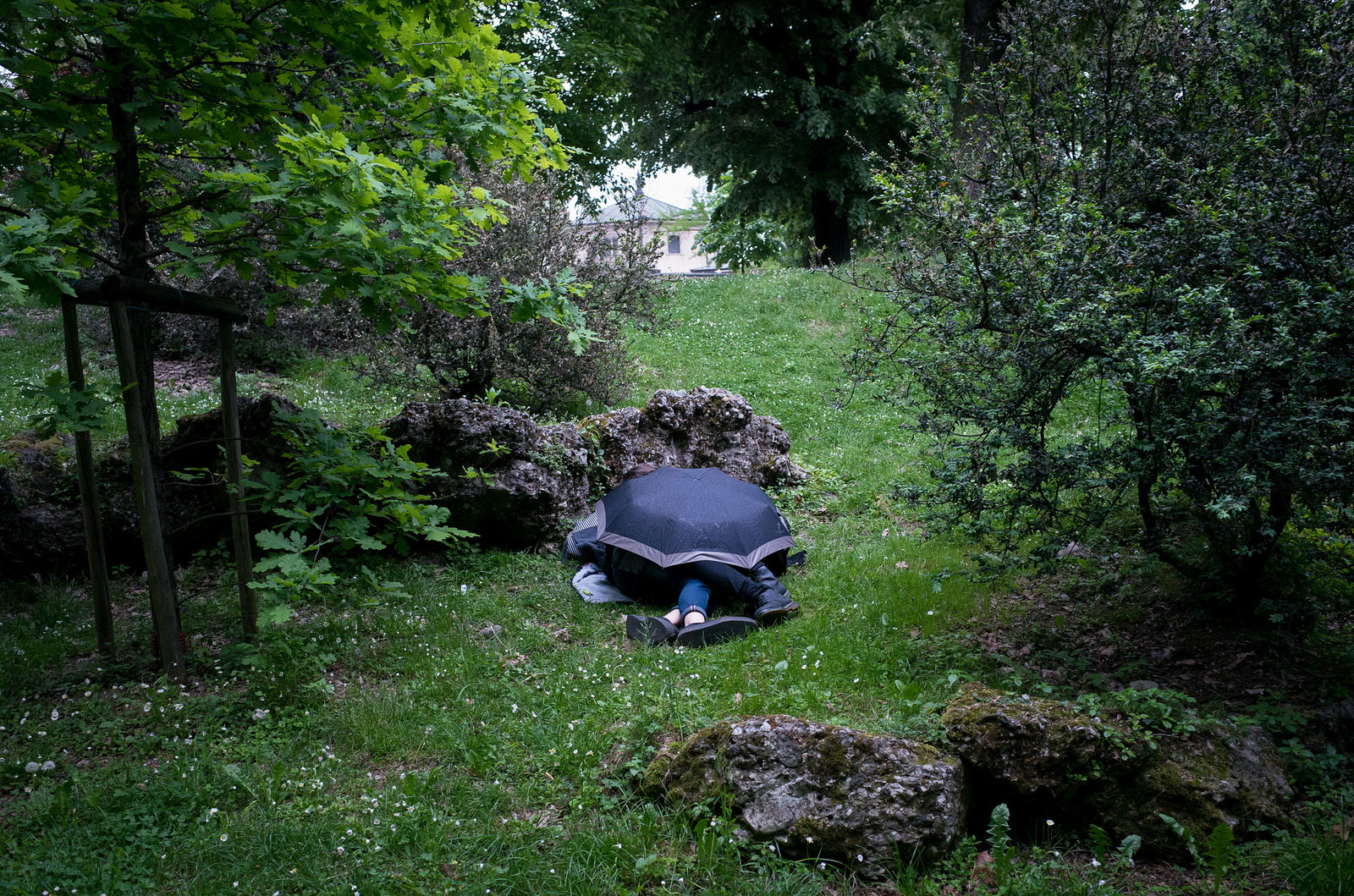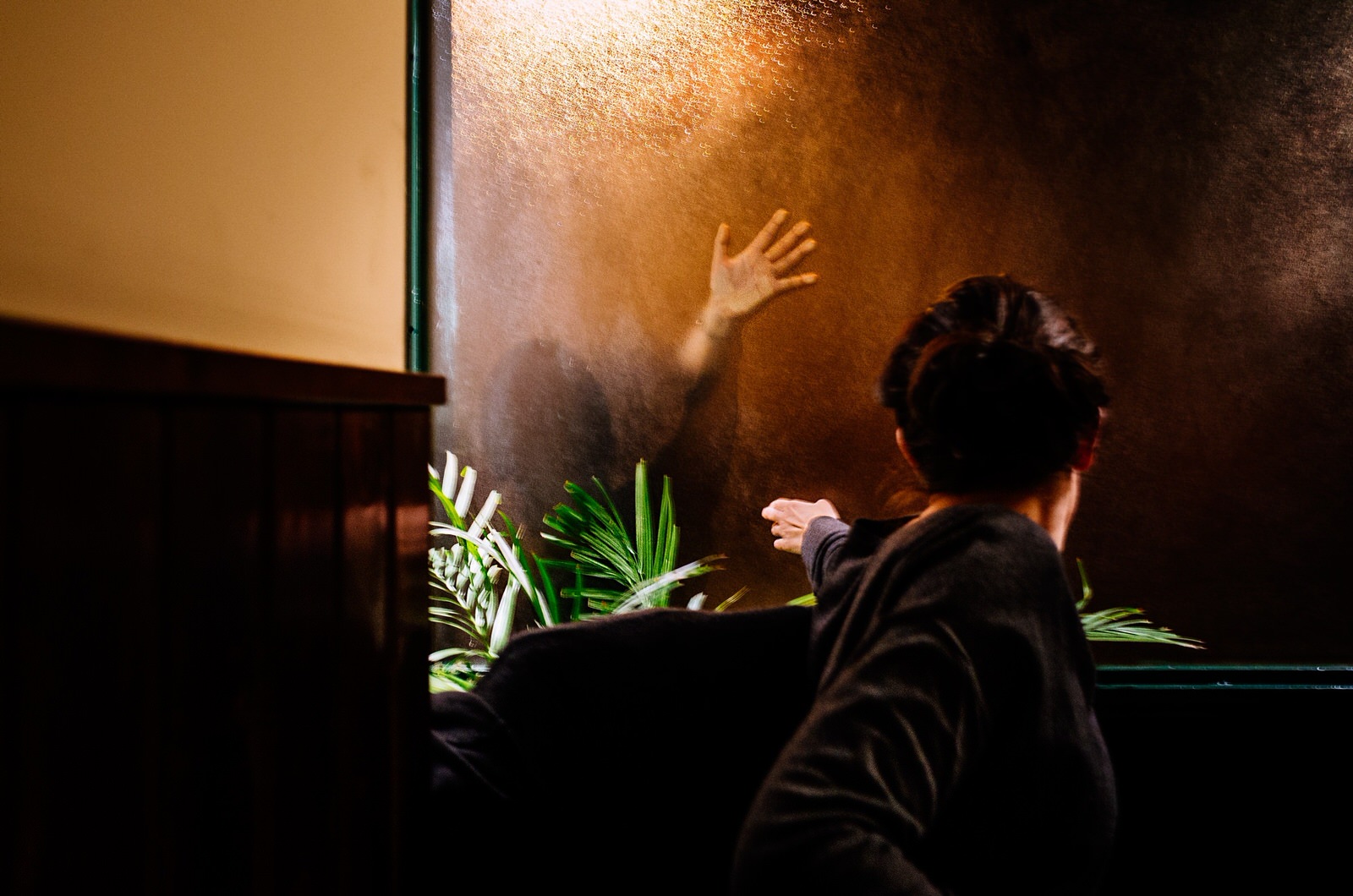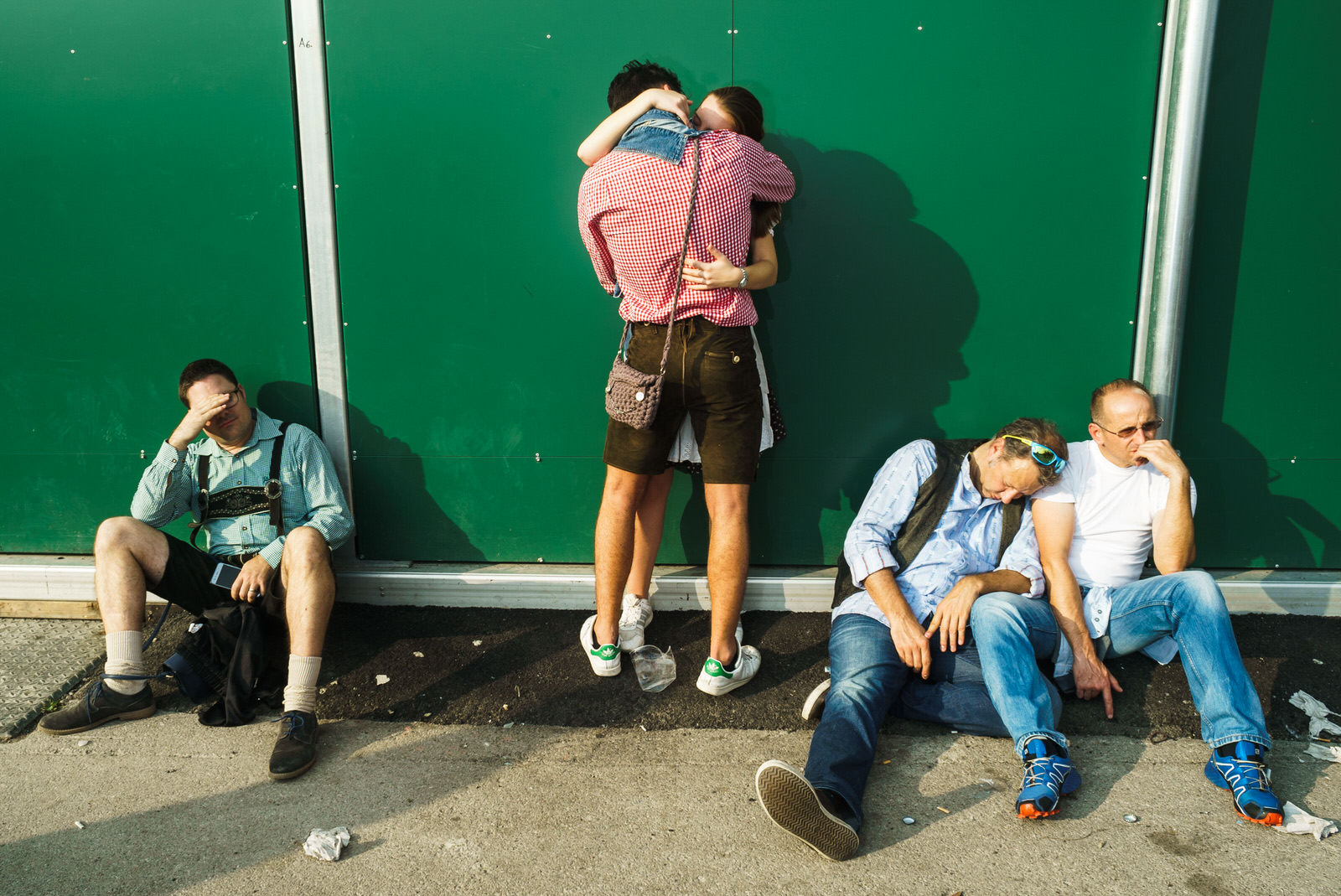Interview with the collective EyeGoBananas
Could you introduce yourselves and tell us how you came up with the idea of your collective?
EyeGoBananas: Hello to Exibart and thank you for this interview! We are EyeGoBananas, a group of photographers who live in different parts of Italy. The idea for this collective was born in the spring 2015. We were all looking for a safe place where one could find honest criticism regarding one’s photographs, since the world we live in often follows the rules of “digital do-goodism”. It seems to us that the logic of “like for like” often creates false heroes and pseudo maestros and does not in any way help those who don’t have a hypertrophic ego. We were all aware that “one should never stop learning” and we needed a place where a photographer we trust could honestly say “This photo sucks”.
Clearly, in this situation it is absolutely necessary to get on very well with each other and that is why we all have become friends and not only collective companions.
Davide Albani: Of course, the collective has changed a lot since the day it was created. We’ve maintained the original idea of constructive dialogue, but we are also looking for new ways and exploring different approaches, both as individuals and as a collective, and working on some long-term projects.
What inspired you to start working with street photography, both as individuals and as a collective?
Riccardo Cattaneo: Each of us has a different answer to this question. I personally started taking photographs thanks to my parents, photography lovers. Eventually it has become my job. Changeability and unpredictability are the two characteristics that have always inspired me in street photography. I am motivated and encouraged by the fact that the same place you pass by all the time can every day present you with a new opportunity for a great picture.
Matteo Zannoni: I was driven by the free time I had. I used to walk around, not much on my mind, I used to carelessly enjoy myself. The moment when you realize that something has changed is fundamental, all the velleities disappears and you understand what you want to do without necessarily putting labels on it. Sometimes to stop doing something is the best thing one can do. The collective is very helpful when it comes to these decisions.
Giorgio Scalici: For me it’s first of all an attempt to understand the reality as well as my fellow citizens.
DA: Photography has always been in my head, since I was a kid. Street as a genre for me is a natural way to practice photography every day and the collective is definitely an expression and evolution of that attitude.
Giacomo Vesprini: For me it was a way to explore the city where I used to live and study, Florence. It all started as a sort of a game and now it has become my job, even though I studied psychology.
How does the collective work? Do you all have different roles in it?
RC: As I mentioned before, the members of our collective are all friends and that is why we created a group chat… and we write in it every day and at all hours (good mornings to good nights included). More than roles, I think, there are many different personalities, each with their own unique features… For example, Davide is the “sceptic” of the situation… If he tells you he likes your photograph, it’s like winning a jackpot!
GS: In theory we are all equal, but really Rick is the smartest one.
DA: Even though we talk every day, organization remains our weakness. But luckily wise Riccardo keeps the group’s daily activities up and running. As for the rest, we are a small and imperfect democracy.
GV: I would say we are a sort of an anarchic-nihilist group: in other words, if it weren’t for Riccardo, we would be facing extinction. But we have a lot of fun together!
What is the connection between the members? Tell us about your Manifesto.
GS: It’s a tough one! At first glance we might seem very different one from another, but we agree on a lot of things and probably the main connection between us is our desire to get better, both as individuals and as a group, and to challenge ourselves.
RC: Exactly, and I would also say that this connection has something to do with our intentions as well as with our position regarding photography.
DA: Oh boy, we are shifting towards philosophy here, but we actually prefer for our photographs to speak for themselves. I personally think that even though we all have different styles, we all agree on the fundamental things and we share the same approach: genuine, not too serious and open to different opinions and new situations.
GV: Manifesto? Seriously? Do we actually have a manifesto?
Black and white photography and color photography. Are they two distinct languages or are they complementary?
RC: I personally consider photography in general a language, so, if anything, I would say that B&W and color photography are two different dialects. It isn’t impossible to combine those, however, I think each photographer is a “native speaker” of one or the other. I personally prefer the language of color.
DA: I would agree with Riccardo. The world around us is colorful and that is how it should be represented.
GS: I prefer color photography, but in the past I used to make B&W photographs as well. Those are just two different things. The choice depends on each photographer and on what they are willing to express.
GV: For me they are neither separate nor complementary. It is simply a choice for each photographer to make, a choice that can be made with more or less awareness. This awareness is a basis a photographic language is built upon.
What do you think is the role of equipment in street photography?
RC: Recently I’ve read a great book on semiotics of photography (Che cos’è la semiotica della fotografia, Mangano, Dario), a book that made me reflect on this question. We always say that it isn’t the camera to take photographs, and technically it is correct. However, the author of the book brings attention to the fact that a photographer is only considered a photographer when associated with his or her camera (without a camera, a photographer is a human being who is unable to freeze time in an image). From this point of view, a camera has a fundamental function, unrelated to the technical aspects but more than anything connected to the relationship it helps you establish with the world you are taking the photographs of. I personally found my inner peace when I switched to Leica.
MZ: Let’s just say that everything was much more complicated when at the beginning I was using a monorail pinhole view camera.
GS: I think it’s quite important. If one is shy, a small camera that doesn’t make any noise would make a huge difference. Even the reaction of people who are being photographed would be different in this case. And then I must say that colorful socks are fundamental.
DA: I do not believe in the classical and banal idea that the medium doesn’t count and that it is the eye that counts. Eyes can have an intuition, but the result of that intuition would depend on the medium (tool). Just think about new sensors that allow to take photographs freehand at f8 during the night. Tools like that offer infinite new opportunities.
GV: For me it’s important that one knows what he/she wants to say. This is why I use Leica M6, mostly as a decoration.
As a collective have you ever worked on a street photography project?
RC: We are currently working on one and (if everything goes well) we would be able to show some results at the end of the year.
GV: This is what we are working on right now. We should wait and see what comes out of it!
MZ: It will be great! Don’t even think about it.
GS: We’ve been sweating over it for a long time now.
DA: Uniting different styles and ways of thinking is extremely complicated even when you share the same values, but I think this project is the ultimate expression of the collective and its goals.
How important are social media in your work and why? Which ones do you use most?
RC: Nowadays social media are absolutely essential for presenting one’s work.
GV: Yep, and, as it often happened with most of mass dynamics, it leads to the standardization of content, a process in which numbers are more important than content itself. I think it’s important to know how to use those instruments in order to reach the right audience, that’s for sure, however, in the world we live in the main currency is ego masturbation. For my photographic work (not street photography, which is more of a passion for me) I tend to use Instagram and Facebook.
MZ: I am old inside, but try. Usually I start with enthusiasm, but then I quickly lose interest in handling it well. I am allergic to grass and to people who glorify themselves too much.
GS: Unfortunately, social media are pretty important these days. I say “unfortunately” because it’s not always easy to keep track of them and also because it can be quite boring in the long run. I would definitely prefer if other parameters were evaluated instead, but unfortunately nowadays one is assessed through a 4 to 5 seconds “scroll” on an Instagram profile that in some cases doesn’t even reflect your work.
DA: I consider myself a “Taliban” from this point of view. I don’t have Facebook, I do have Instagram but I don’t use it. I publish my photographs on flickr.
RC: Let’s just say that in this area we still have a lot of room for improvement, both as individuals and as a collective.
Which are your favorite books on street photography?
RC: I don’t really have any favorite books on street as such, unless one considers the works of great masters “street photography”. To this effect, one of my favorite books is Bresson’s Moscow, which I appreciate for its historic value more than for the quality of the images (which is excellent). I don’t think I will ever get tired of flipping through Magnum’s Contact Sheets. Among others there are Saman, Parr, but also Pinkhassov and Gruyaert.
MZ: I have a catalogue “100 attimi” (100 moments) of a collective show in Treviso we were part of a couple of years ago… Among, less important, authors there are Parke, De Keyzer, Webb, Sobol, Moriyama, some of them Italian, like Ghirri. Nowadays on Facebook Ghirri would have tons of likes. He would post a photo with a white frame around it and his friends would praise him in the comment section.
GS: Davide Albani “ULTIMATUM” and Giacomo Vesprini “A CLOCKWORK ORANGE”.
GV: Apart from Giorgio Scalici da Mondello, my authors of reference are Saul Leiter, Harry Gruyaert and in general all the great interpreters of color photography (such as Webb and Albani).
Minutes to Midnight is a book that makes me feel small, but then I think of Giorgio Scalici da Mondello and everything returns back to normal.
Do you prefer working on single images or on projects?
RC: This is an issue that one can discuss for hours. I think that as a collective we realized that photographic work makes sense when it tells a story, and by means of a series of images one can do that in a timelier and deeper manner.
MZ: Single photographs that are done well can be truly awesome. It would be great to put them together and to create a complex work that reaches the spectator both through the topic and the order of the photographs. Photos organization is essential and we still have a lot to learn here.
GS: To be honest with you, I miss those carefree moments in which I would look for a “great” single shot. Everything was easier and maybe even more fun. Today I prefer to work on projects, but this is the reason why I ended up in the center for psychiatric rehabilitation.
DA: I love the effect a single photograph can have, but I prefer working on projects.
GV: I’ve been working on projects since Giorgio showed me his majestic “Circus”, but the results are quite poor… Basically now a have a project for each thing that comes to my mind.
Which are the advantages (and disadvantages) of being part of a collective?
RC: I would say that it depends a lot on a collective. In a collective (not a showcase) the main advantage is the possibility of receiving feedback on your work from people that you respect. I don’t really see any disadvantages in being part of a collective.
GS: The main benefit is honest and brutal critique of your work, which you can get whenever you want and for free. The second advantage is visibility. As for disadvantages, there are none in a collective like ours.
DA: The advantages of being part of a collective for those who are not merely interested in selling a workshop or feeding one’s ego are human and “artistic” growth and a possibility to accelerate the process of development.
GV: For me personally the main benefit is the opportunity to create human relationships that go beyond photography. Honest criticism that in our case often fosters professional growth is another advantage.
Which are the collectives whose work you value?
EGB: Cesura and Terraproject in Italy. Observe, Burn My Eye and InPublic abroad.
Who are your photographers of reference?
RC: Pinkhassov, Martin Parr and Harry Gruyaert. But these are just a few that come to mind.
GS: De Keyzer and Parke are probably the ones who have the strongest impact on me. And then, well, the Count Giuseppe Primoli.
DA: Parke Webb and Harvey.
GV: Same as the ones I mentioned when talking about my favorite books. Maybe I forgot to mention Davide Albani.
Would you consider letting new members into the collective?
RC: The collective is constantly evolving; it isn’t “final”. However, it’s hard to find people who would share completely our way of living the collective, but never say never.
MZ: This is a question for our golden boy Albani, who set a deadline for me for the 20/05/2020. It will be a huge party and you are all invited!
GS: We still hope, or maybe we’ve stopped hoping.
DA: Yes, theoretically, and I think we would like to stick to Italian photographer (even though we don’t exclude the idea of letting in a photographer from abroad). However, it’s really hard… I wouldn’t necessarily define Italian street photography as a very healthy and genuine environment.
GV: In theory yes, but in practice no one is good enough for us!
Nic Turpin, founder of the legendary In-Public, has recently left his collective as a result of a controversy arising around the choice of the photo of Blake Andrews taken with an Iphone as “Photo of the Month” on the website of the collective. According to Turpin, who did not want for his work to be associated with the “computer generated imagery”, street photography is supposed to produce art following the documentary tradition and, considering this quality, it should maintain the same standards that are used by such organizations as World Press Photo. (here is the interview: http://blackkamera.com/interview-nick-turpin-founder-public-collective/)
What do you think about all this?
RC. I wouldn’t say that Turpin is completely wrong, but we should remember that it wouldn’t be correct to consider every photograph that has not been edited a direct representation of reality. Photographers alter reality every time they make a decision to eliminate certain elements from the frame. I understand his position, but, as I said earlier, a photography is made up of a relationship a photographer has with the medium that lets them stop time. It all depends on the context: if one tries to make everyone believe that people that are showed distorted in Blake’s photograph are actually the same in real life, then Turpin is absolutely right. But for us street photography is an attitude and not a set of rules.
MZ. Blake Andrews WINS
GS: I think that the photo is quite ugly and, regardless of the way in which it was produced, it wasn’t good enough to become the “photo of the month”. But then if we want to talk about experimentation etc. etc., I would take Andrews’ side.
DA: What is the difference between this and double exposure? Exploring new approaches is what keeps the genre alive. All you have to do is to be transparent and always disclose the “trick”.
GV: I followed the whole situation and I would like to reply with a question: What do you think of a person who shut down the whole project because his colleague’s opinion was different from his one and who expects for his opinion to be considered sacred by everyone else?
I invite you to read Blake’s response: http://blakeandrews.blogspot.com/2018/10/an-open-letter-to-nick-turpin.html
And finally, here is a question that you’ve probably never heard before (smile). Where does your name, EyeGoBananas, come from?
EGB: “To go bananas” is slang for “to go crazy”, EYE stands for an eye, but it sounds like “I”. You can figure out the rest 🙂
Thanks a lot!

